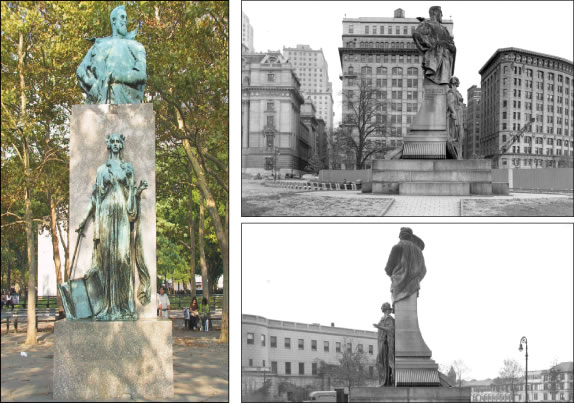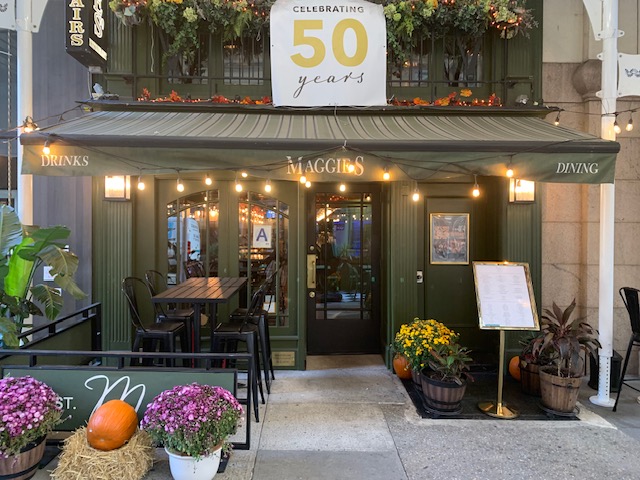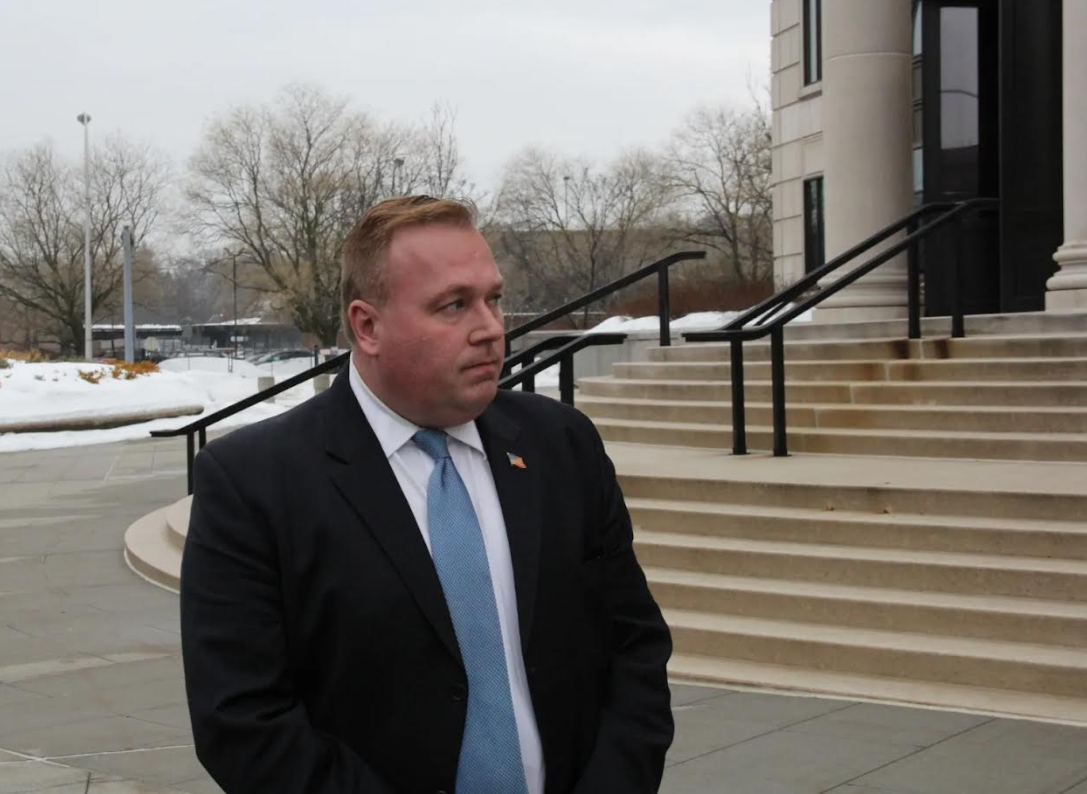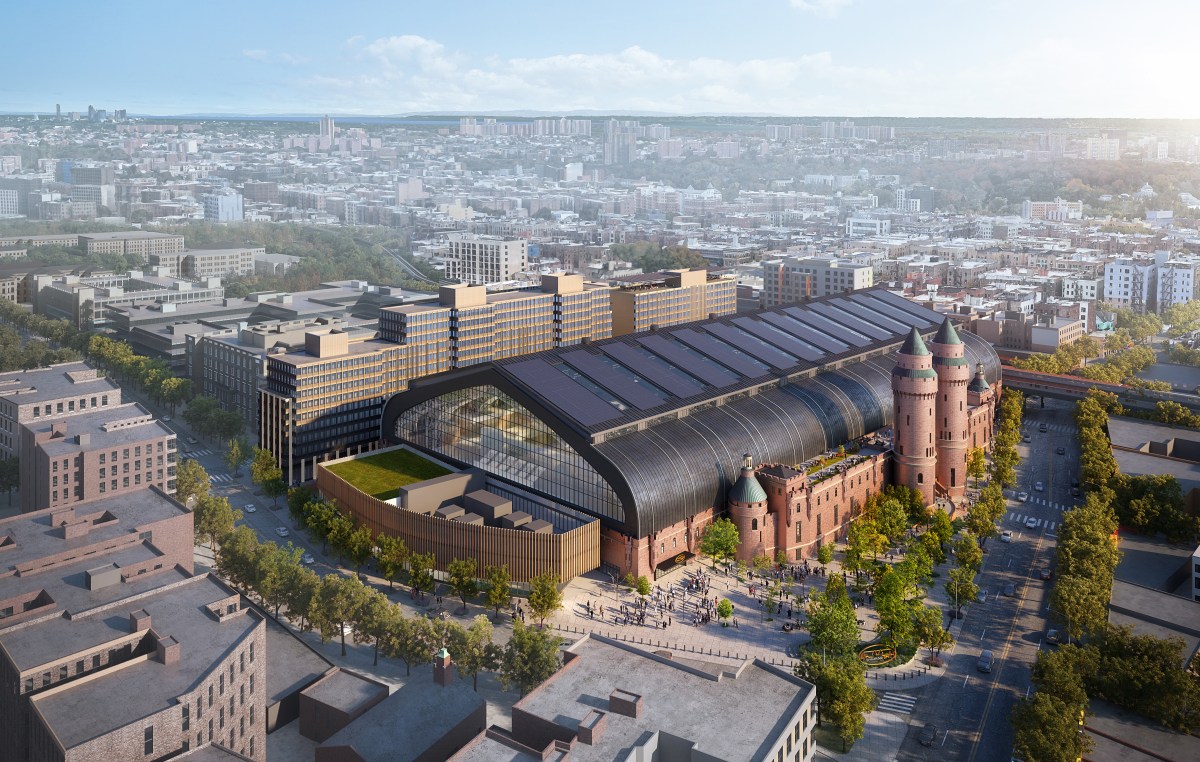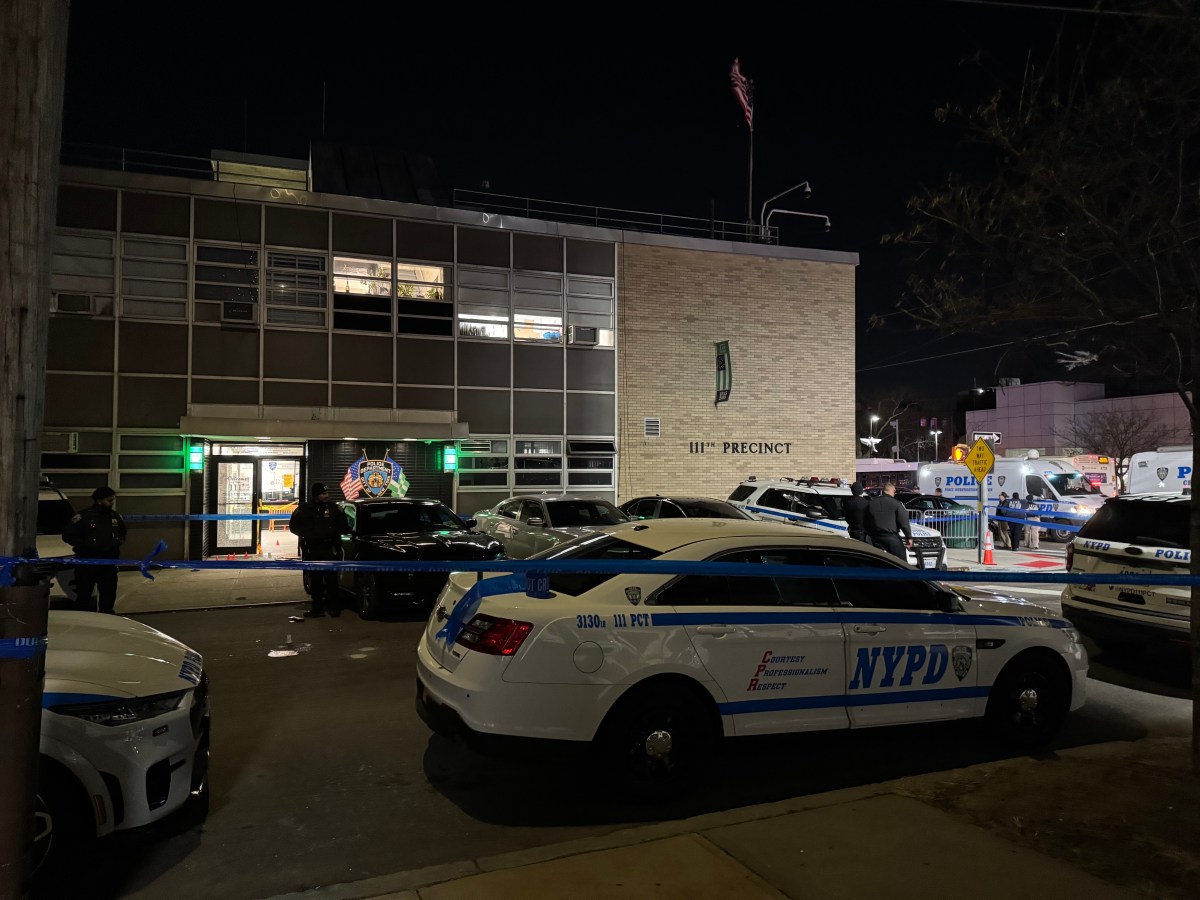By Julie Shapiro
In the year 1909, New York was awash in celebrations of Henry Hudson.
The festivities for the 300th anniversary of Hudson’s arrival in New York Harbor looked a lot like this year’s quadricentennial: Ships paraded past Battery Park, politicians gave patriotic speeches and tourists collected commemorative postcards.
But both in 1909 and this year, Italian Americans were miffed that one man’s name was missing from the revelry: Giovanni da Verrazzano. Verrazzano, an Italian explorer, first set eyes on Manhattan in 1524, 85 years before Hudson arrived, and some believe that Hudson used Verrazzano’s maps when Hudson made his own journey nearly a century later.
Seeking recognition for their countryman back in 1909, Italian-American groups installed a statue of Verrazzano in Battery Park. One hundred years later, the Battery Conservancy is launching a campaign to restore the statue and give it a prominent new place in the park.
“We’ve heard a lot this year about Henry Hudson, but our Italian heritage is also important,” said Warrie Price, president of the Battery Conservancy.
The Verrazzano statue is currently in storage and needs hundreds of thousands of dollars of restoration work. Price hopes to return the statue to the park in 2012, placing it at the head of a series of monuments that will be run along the park’s perimeter.
While Verrazzano’s name is familiar to many New Yorkers because of the bridge that is named after him, his role in the city’s history has been all but forgotten. Verrazzano was the first European explorer to enter New York Harbor and chronicle what he saw, writing of the verdant landscape and wide river, Price said.
But, unlike the Dutch who followed 100 years later and settled in New Amsterdam, Verrazzano never set foot on the island now known as Manhattan. The day Verrazzano first ventured into New York Harbor, nearly 500 years ago, a squall blew in and prevented him from landing and exploring further. Hudson’s voyages are likely more famous because they resulted in the permanent establishment of New York as a center of commerce.
“History is selective in many ways,” said John J. LaCorte, whose father was the biggest 20th-century advocate for Verrazzano’s legacy. “It kind of builds up its own momentum over time. Maybe a small decision, over period of time, becomes entrenched in the culture.”
It is particularly important to highlight Italians’ accomplishments in light of the many negative portrayals of Italian-Americans in popular culture, LaCorte and others said. They cited “The Sopranos” and MTV’s new show “Jersey Shore” as examples of derogatory depictions.
The historical accomplishments of Italians also get sidelined, said David Iommarini, executive director of the Columbus Citizens Foundation. In addition to Verrazzano, Iommarini mentioned Antonio Meucci, who developed a voice transmission device years before Alexander Graham Bell invented the telephone but could not afford a patent for his work.
The effort to give Verrazzano his due started in 1909. Amid the widespread celebrations of Hudson, Carlo Barsotti, editor of the Italian language newspaper Il Progresso, launched a subscription campaign for a sculpture of Verrazzano, and Italian sculptor Ettore Ximenes agreed to donate his time. The original monument consisted of two bronze figures: a larger-than-life Verrazzano, and a female figure named “Discovery.”
On Oct. 6, 1909, after a parade from Madison Square, the statue was unveiled at the tip of Battery Park, in what is now known as the Battery Lawn. The statue was near Castle Clinton, which was then the New York Aquarium. A time capsule was buried under the sculpture as well, containing coins from four countries and bronze medallions, along with papers that were too waterlogged to read when they were later unearthed, said Jonathan Kuhn, director of art and antiquities for the city Parks Dept.
The Verrazzano statue stayed in place until the early 1940s, when it was removed for the construction of the Brooklyn-Battery Tunnel. It was damaged by fires lit by those who camped out in the park during the Depression, the conservatory said.
The statue, along with Verrazzano’s name and legacy, might have remained in the dark forever if it wasn’t for a man named John N. LaCorte. An Italian immigrant, LaCorte founded the Italian Historical Society of America in 1949 to combat the public image of Italians as mafiosos. One of his first actions was to fix up the Verrazzano statue and put it back in Battery Park, which he succeeded in doing in the early 1950s. The statue was placed near the center of the park, southeast of Castle Clinton.
At the same time, LaCorte set his sights on an even bigger monument to Verrazzano: the new bridge that would connect Brooklyn to Staten Island. LaCorte first suggested naming the bridge for Verrazzano in the early 1950s, before construction even began. Robert Moses nixed the idea (he called the name unpronounceable), but LaCorte kept fighting, and by the early 1960s he had finally won support from city, state and federal officials.
“It would have never happened if were not for him,” the younger LaCorte said. “My father through sheer guts and stamina was able to keep fighting Moses and all the other obstacles he put up…. He was a man who created his own way.”
But the elder LaCorte’s battle still wasn’t over. As the bridge neared completion in 1963, John F. Kennedy’s assassination resulted in a groundswell of support for naming the bridge after Kennedy. LaCorte appealed directly to Robert Kennedy, whom he’d met an event in Washington. Kennedy replied, “Don’t worry, John, I’ll take care of it,” the younger LaCorte said.
The bridge opened in 1964 as the Verrazano-Narrows Bridge (spelled with only one “z”), while J.F.K. got the Idlewild Airport renamed after him instead.
After the elder LaCorte died in 1991, his son took over the Italian Historical Society of America. Now, the society plans to help raise money for the restoration of the Battery Park Verrazzano statue, which has been in storage in Battery Park for several years. The project would restore the monument’s original ornate granite base, along with Verrazzano’s bronze flowing garments, based on historical images. Other Italian groups may help raise money as well, and the Italian Consulate attended a recent meeting on the project.
As Price, from the Battery Conservancy, described the plans last week, she could barely contain her excitement.
“He will be a beacon of light at the end of West St.,” Price said. “Isn’t he fabulous looking?”
Julie@DowntownExpress.com



